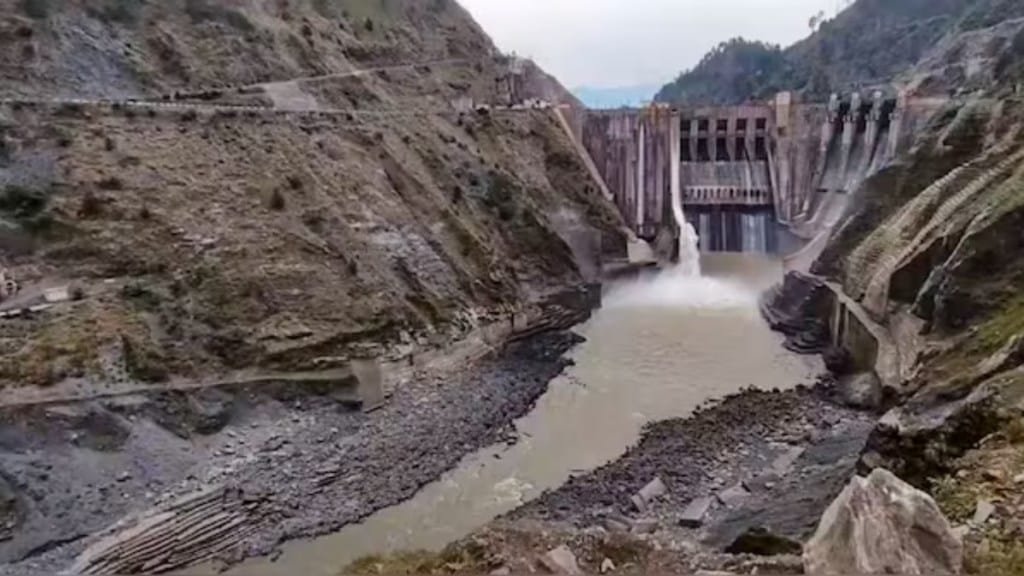Pakistan is experiencing a growing water crisis, mainly due to the steady drop in the water flow from western rivers, namely Indus, Jhelum, and Chenab, that enter from India. This decline has forced Pakistan to release more water than it is receiving, putting pressure on both drinking water and irrigation supplies, as per a report by Times of India.
While reduced water levels are common before the monsoon, the situation is expected to worsen. Indian authorities are currently clearing silt and flushing dams in Jammu & Kashmir to increase their own water storage, which is further cutting the amount of water reaching Pakistan, the report said.
What does the data say?
According to the daily report by Pakistan’s Indus River System Authority (IRSA), the country released 11,180 cusecs more water than it received on Wednesday. The total inflow recorded at key monitoring points — Tarbela (Indus), Mangla (Jhelum), Marala (Chenab), and Nowshera (Kabul) — was 2,41,611 cusecs, while the outflow was 2,52,791 cusecs.
This imbalance is already affecting provinces like Punjab and Sindh, which heavily rely on water from these rivers. Punjab, where kharif crops have been planted, received only 1,14,600 cusecs on Wednesday — a 20% drop compared to the same day last year when it got 1,43,600 cusecs.
Dam water levels ‘near dead’, monsoon still weeks away
The water levels in Pakistan’s two major reservoirs, namely Mangla on the Jhelum and Tarbela on the Indus, are dangerously low and close to what’s known as their “dead level”. At this point, water can no longer be released naturally by gravity, limiting how it can be used for farming and other needs.
An official warned that any further drop in flow from India could severely impact farming activities before the monsoon arrives in July.
The TOI report said that last month, IRSA’s advisory committee had already flagged a 21% water shortage for the early kharif season (May 1–June 10), mainly due to a sudden dip in Chenab’s flow at Marala, which they blamed on limited supply from India. A 7% shortage is expected during the later kharif season (June 11–September 30).
Pakistan Economic Survey shows decline in agriculture output
Pakistan’s agriculture sector has failed to meet its expected growth target for the outgoing fiscal year, according to the Economic Survey 2024-25 released on Monday. Instead of the planned 2% growth, the sector grew by only 0.56%.
The poor performance was mainly due to a big drop in the production of major crops. The survey showed that wheat production fell by 8.9%, cotton dropped by 30.7%, sugarcane by 3.9%, and maize by 15.4%.
However, some areas in agriculture did show improvement. The livestock sector grew by 4.72%, fisheries by 1.42%, and forestry by 3.03%. These gains helped prevent the overall growth from being even lower.
No data from India amid Indus Treaty suspension
One major hurdle in managing the situation in Pakistan is the lack of water flow data from India. Since India suspended the Indus Waters Treaty following the Pahalgam terror attack in April this year, it is no longer required to share data with Pakistan. This makes it harder for Pakistani officials to plan water distribution and manage the crisis effectively.
The situation is expected to improve once the monsoon begins, but until then, water management across Pakistan remains a serious challenge.
